 For decades I taught live classes in commercial mortgage brokerage I am much too old now to stand and teach a nine-hour class. They were sooo exhausting.
For decades I taught live classes in commercial mortgage brokerage I am much too old now to stand and teach a nine-hour class. They were sooo exhausting.
The single most important lesson in all of commercial real estate finance (“CREF”) is the Debt Service Coverage Ratio. I would therefore spend an hour-and-a-half teaching the use of this ratio.

Then I would always pick some unsuspecting victim out of the crowd. I would ask her, “Now what’s the name of this ratio that we have been talking about?” The poor victim would reply something like, “The Debt Ratio?” “How about you, sir?” He would stammer and stutter, and then he would reply meekly, “The Service Ratio?” The audience would laugh, but they would all be secretly thinking, “I’m sure glad that he didn’t ask me.”
I would then ask them to say out loud, “Debt Service Coverage Ratio.” Three times. Out loud. Like kindergarten. Ha-ha! In fairness, the name of this financial ratio doesn’t just trip off of the tongue. How are we going to remember the name of this weird-sounding ratio?
------------------------------------------
Q: Do you know why you never see elephants hiding up in trees?
A: Because they’re really good at it.
Q: How does the elephant get out of the tree?
A: He climbs out onto a leaf and waits until Autumn.
------------------------------------------
HOW C-LOANS WORKS IN PLAIN ENGLISH
We are talking about a loan, and obviously “debt” is another name for a loan. But what does it mean to service the debt? Think of a server at a restaurant. He provides service to, and attend to, the diners. He makes them happy and satisfied. And how to do we make a lender happy and satisfied? We make the payments on his loan! So debt service means the annual payments on the loan.
By the way, all debt service coverage calculations are, by custom, performed on an ANNUAL basis. Darn! You could squeak out a slightly larger loan if you could do the calculations on a monthly basis. Nice try.

Now back to the Debt Service Coverage Ratio. Three times. Out loud. Debt Service Coverage Ratio. Debt Service Coverage Ratio. Debt Service Coverage Ratio.
Okay, we've mastered Debt Service. Now let’s tackle the word, “coverage”.
I rode horses for four years as part of the famous Culver Black Horse Troop - 100 all black horses. I rode in President Nixon's second Inaugural Parade. My son, George IV, rode in W's first Inaugural Parade. Tom rode in W's second Inaugural Parade. My daughter, Jordan, just rode in Trump's Inaugural Parade, as part of the Equestriennes, the girls counterpart to the Black Horse Troop.
I urge you to take a moment to look at some quick images of the Black Horse Troop and Culver Military Academy. The academy is an incredible military high school, and it is why the Blackburne’s moved to Indiana, even though the company is still located in Sacramento.

Because I rode horses, when I think of “coverage", I think of a stallion covering a mare. Do I mean...? Yup. Doing the wild thing. It’s not a bad metaphor. Normally the stallion is about 25% larger than the mare. Commercial lenders want the Net Operating Income from the property to be at least 25% larger than the Debt Service.
Okay, and without talking about horses doing the wild thing again, the Debt Service Coverage Ratio (“DSCR”) is defined as:
DSCR = NOI / Debt Service x 100%

NOI stands for the property’s Net Operating Income, and the Debt Service stands for the annual principal and interest payments on the proposed loan, excluding taxes and insurance. Residential lenders use PITI, principal, interest, taxes, and insurance. In commercial real estate finance ("CREF"), we do NOT include taxes and insurance in the Debt Service because we have already deducted them from the Effective Gross Income when we computed the property's Net Operating Income. We just include the annual principal and interest in the Debt Service.
The Net Operating Income is the bottom line number of the Pro Forma Operating Statement that you will prepare for your lender.

Commercial lenders today require that this ratio exceed 1.25. On hotels and other business properties (any business where the owner has to be there everyday), commercial lenders require that the Debt Service Coverage Ratio exceed 1.45.
Interest rates have been going up. The best rate offered by banks has increased from just 3.875% three years ago to 5.75% to 6.25% today. The Debt Service Coverage Ratio is once again important in sizing commercial loans.

Sizing a commercial loan means to compute the maximum loan amount that a lender will make on a particular commercial property. It will usually be the smallest loan amount generated by the Loan-to-Value Ratio, the Debt Service Coverage Ratio, and for Conduits (CMBS lenders), the Debt Yield Ratio.



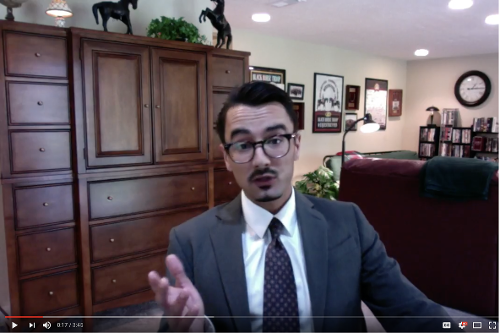












 Today's article is more about economics than commercial loans; but first I have to post an important message, just for commercial loan brokers. If you do not work in the commercial real estate finance ("CREF") industry, you should simply skip to the section below entitled, Trauma From the Great Recession.
Today's article is more about economics than commercial loans; but first I have to post an important message, just for commercial loan brokers. If you do not work in the commercial real estate finance ("CREF") industry, you should simply skip to the section below entitled, Trauma From the Great Recession.



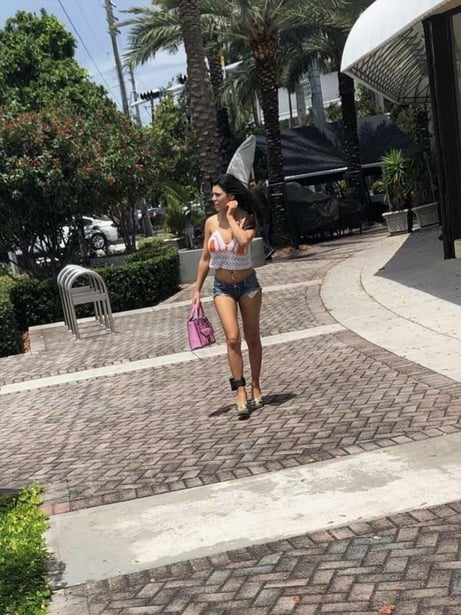











 This practical marketing tip can be used by widget manufacturers, commercial mortgage brokers looking for commercial loans, and commercial brokers trying to sell a commercial property. I've written around 300 blog articles, mostly about the commercial loan business. This article may be my
This practical marketing tip can be used by widget manufacturers, commercial mortgage brokers looking for commercial loans, and commercial brokers trying to sell a commercial property. I've written around 300 blog articles, mostly about the commercial loan business. This article may be my 











 Heavens, salaried commercial loan officers working for banks sure can be lazy. This is especially true for salaried guys over the age of 50, and loan officers over 50 constitute over 70% of all bank commercial real estate loan officers.
Heavens, salaried commercial loan officers working for banks sure can be lazy. This is especially true for salaried guys over the age of 50, and loan officers over 50 constitute over 70% of all bank commercial real estate loan officers.


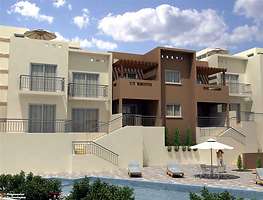








 We all know that another great recession is coming eventually, but its anybody's guess as to when it will hit. It could be next year, next decade, or even three decades from now. This week I think I have at least figured out what will be the cause of the next great recession.
We all know that another great recession is coming eventually, but its anybody's guess as to when it will hit. It could be next year, next decade, or even three decades from now. This week I think I have at least figured out what will be the cause of the next great recession. 













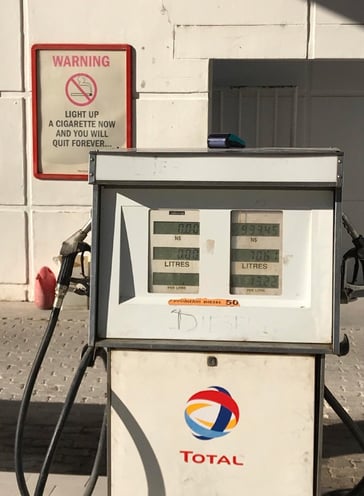


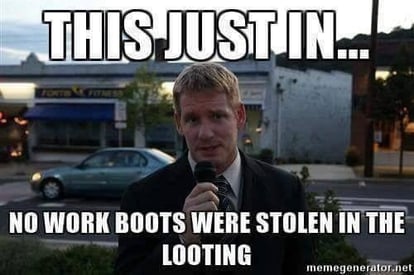
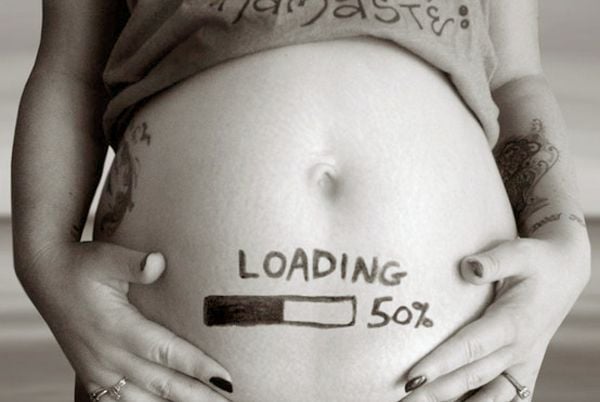
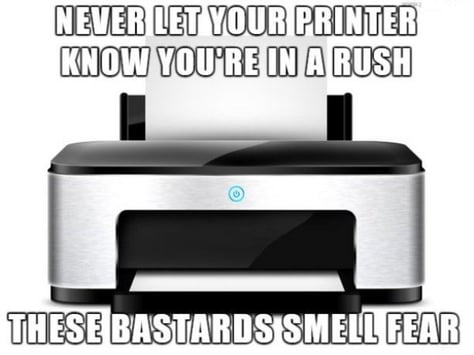

 When I grow up, I want to be Robert Ringer. Mr. Ringer was the best-selling author of several business books. I last saw Robert Ringer in Playboy magazine, where he was sitting in a hot tub at a party at the Playboy Mansion with two gorgeous, topless Bunnies. It was lucky that I just happened to notice the picture because normally I only look at Playboy for the articles. Ha-ha!
When I grow up, I want to be Robert Ringer. Mr. Ringer was the best-selling author of several business books. I last saw Robert Ringer in Playboy magazine, where he was sitting in a hot tub at a party at the Playboy Mansion with two gorgeous, topless Bunnies. It was lucky that I just happened to notice the picture because normally I only look at Playboy for the articles. Ha-ha!








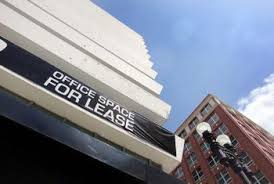 Nationwide the vacancy rate for office space is 16.7%, plus or minus fifty basis points. Remember, a basis point or
Nationwide the vacancy rate for office space is 16.7%, plus or minus fifty basis points. Remember, a basis point or 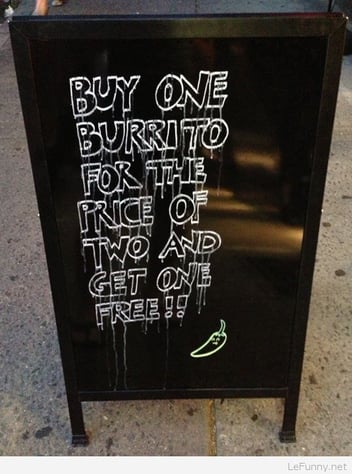






 Interest rates on commercial permanent loans have increased sharply since the end of the Great Recession in 2009. At one point - about three years ago when the yields on ten-year bonds in Germany and Switzerland went negative - fixed interest rates on commercial loans to prime borrowers reached as low as 3.75%. Today even very good borrowers are likely to pay 5.6% to 6.0% for the same commercial loan from a regional bank. Small town banks are quoting rates as high as 6.25%.
Interest rates on commercial permanent loans have increased sharply since the end of the Great Recession in 2009. At one point - about three years ago when the yields on ten-year bonds in Germany and Switzerland went negative - fixed interest rates on commercial loans to prime borrowers reached as low as 3.75%. Today even very good borrowers are likely to pay 5.6% to 6.0% for the same commercial loan from a regional bank. Small town banks are quoting rates as high as 6.25%.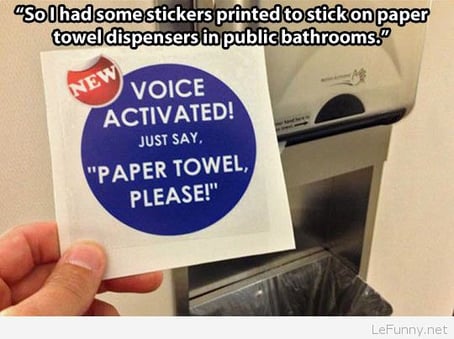















 I often tell the following story to my commercial loan brokerage trainees. Goliath Bank offers a $2 million commercial loan to the borrower at 5.75%, 1 point, 25 years amortized, ten years due, with a rate readjustment at the beginning of year 6. The prepayment penalty is 3% in years one through five. Caution: While the above quote accurately reflects today's market for bank commercial loans, rates are definitely going up.
I often tell the following story to my commercial loan brokerage trainees. Goliath Bank offers a $2 million commercial loan to the borrower at 5.75%, 1 point, 25 years amortized, ten years due, with a rate readjustment at the beginning of year 6. The prepayment penalty is 3% in years one through five. Caution: While the above quote accurately reflects today's market for bank commercial loans, rates are definitely going up.











